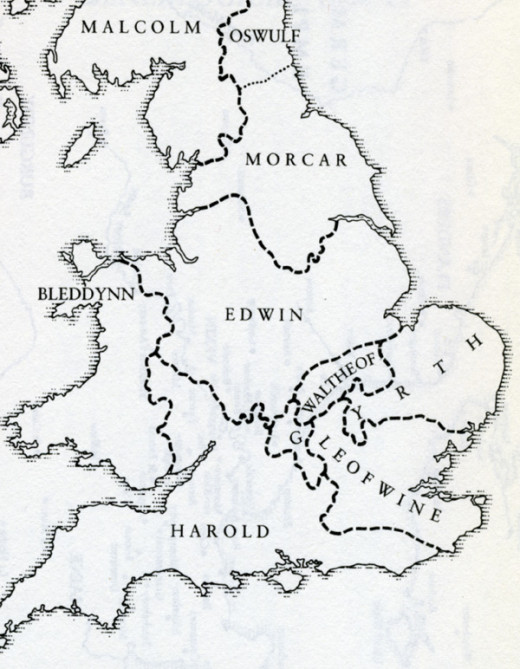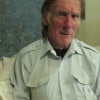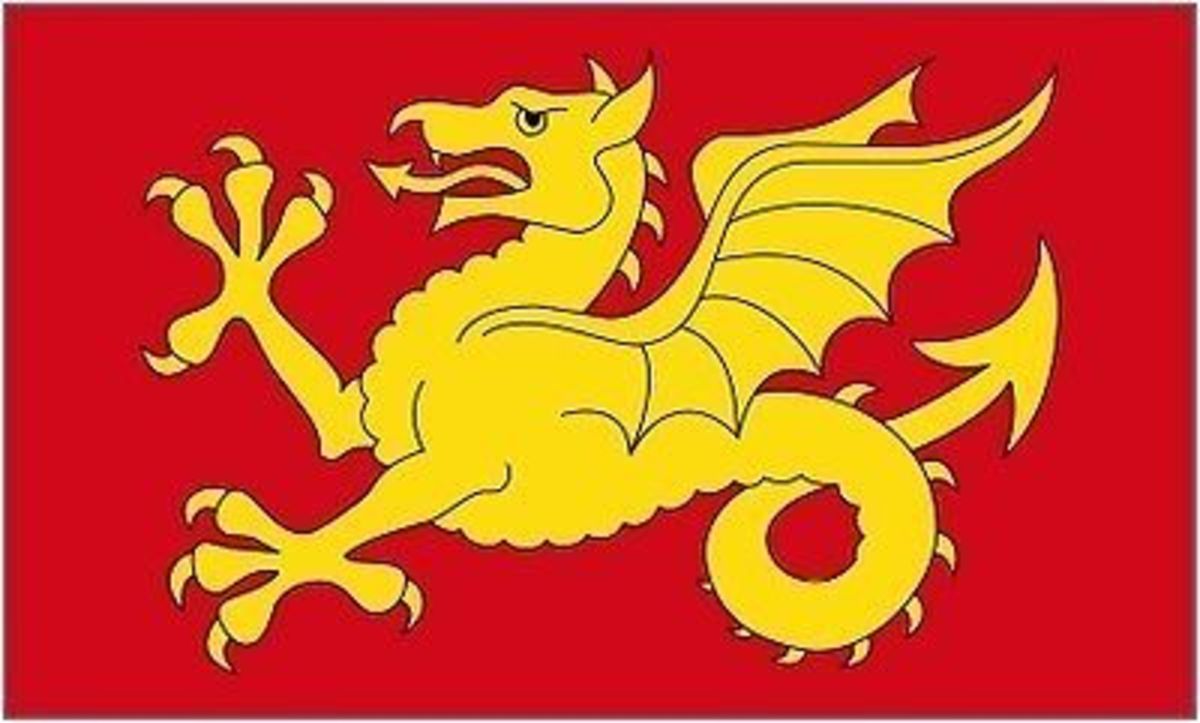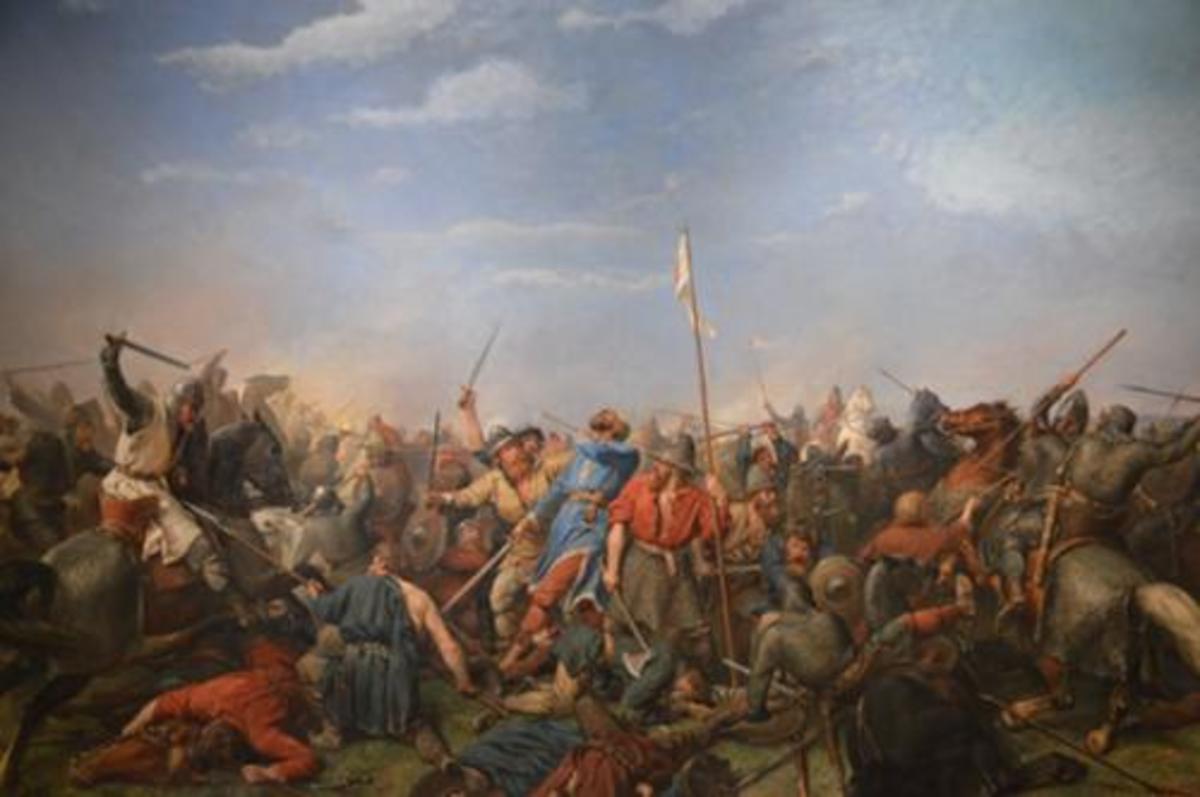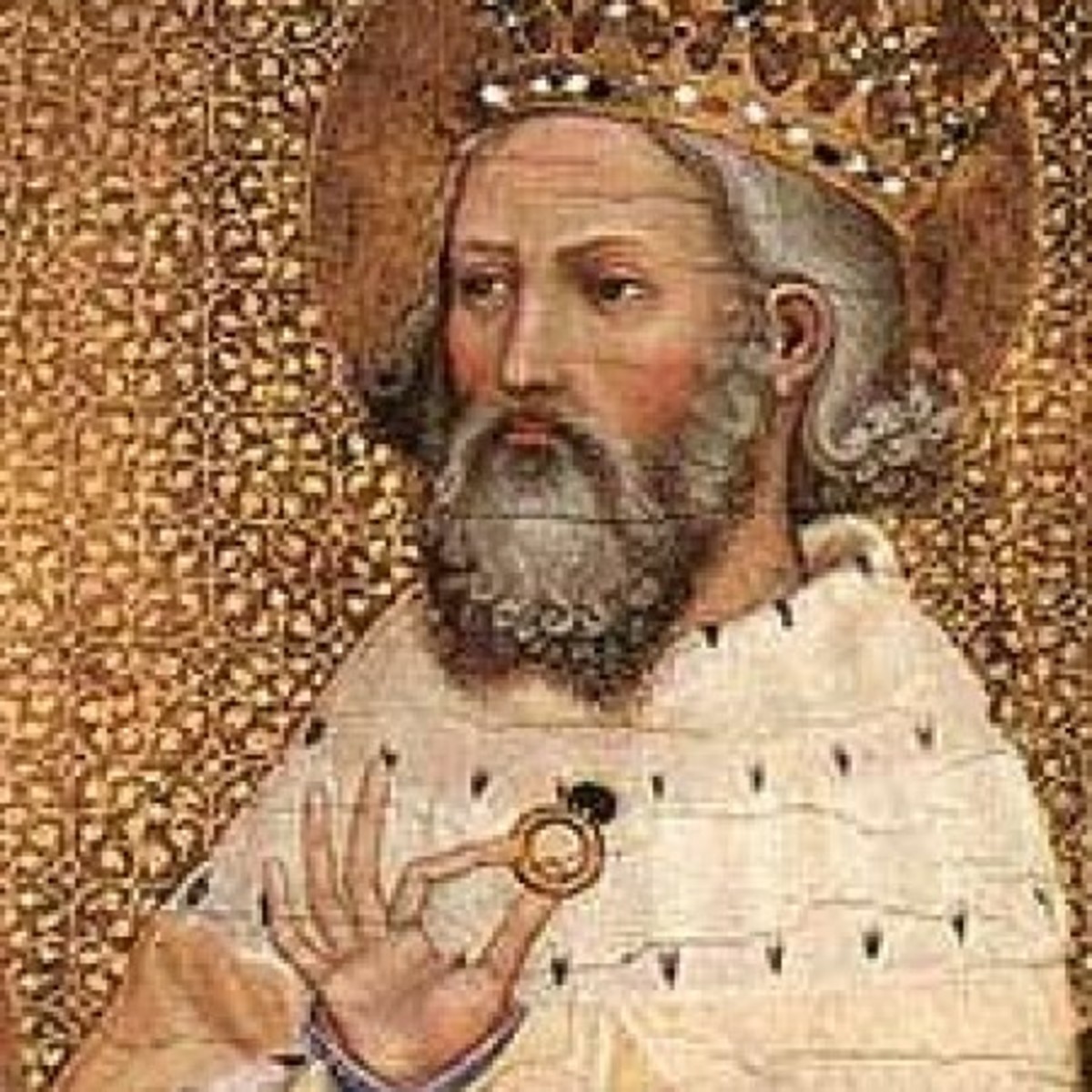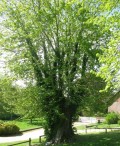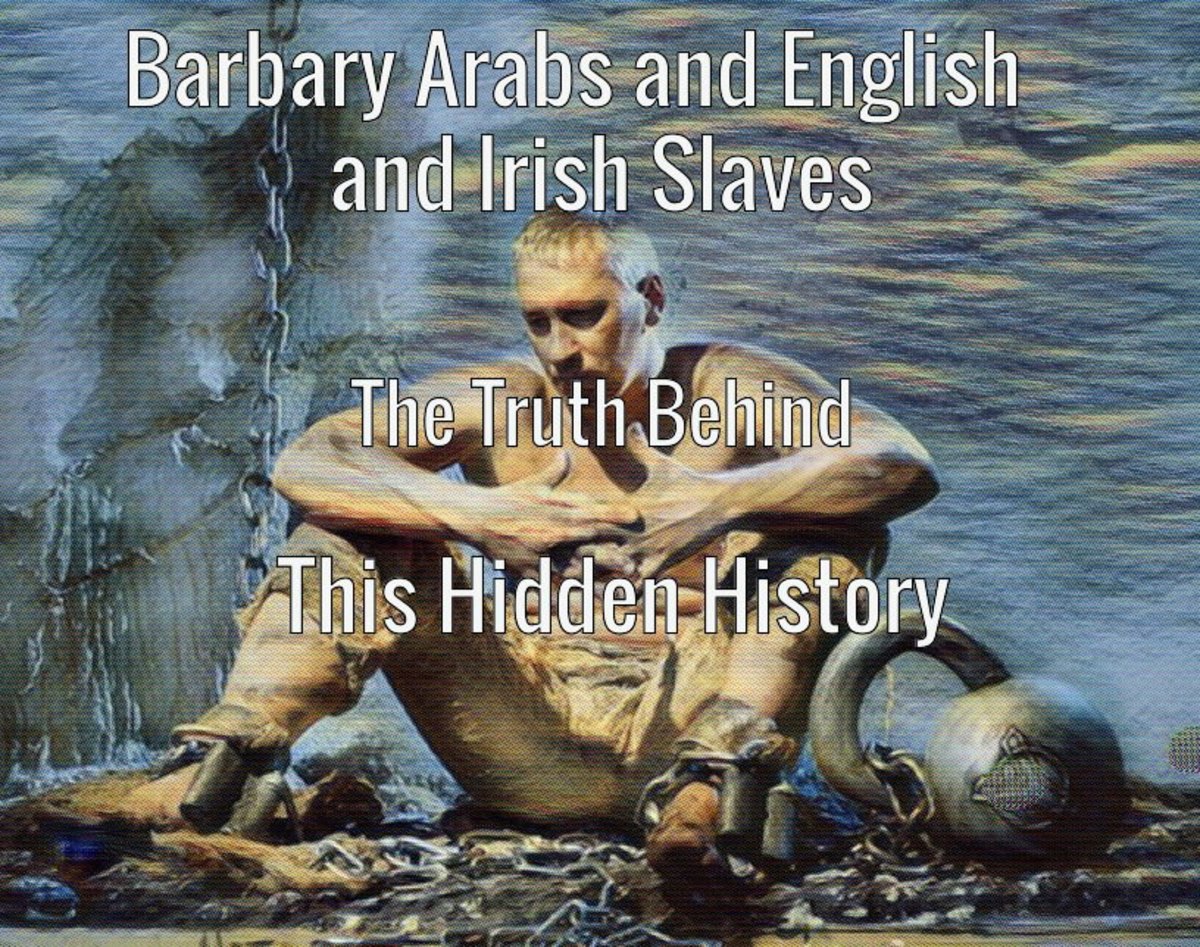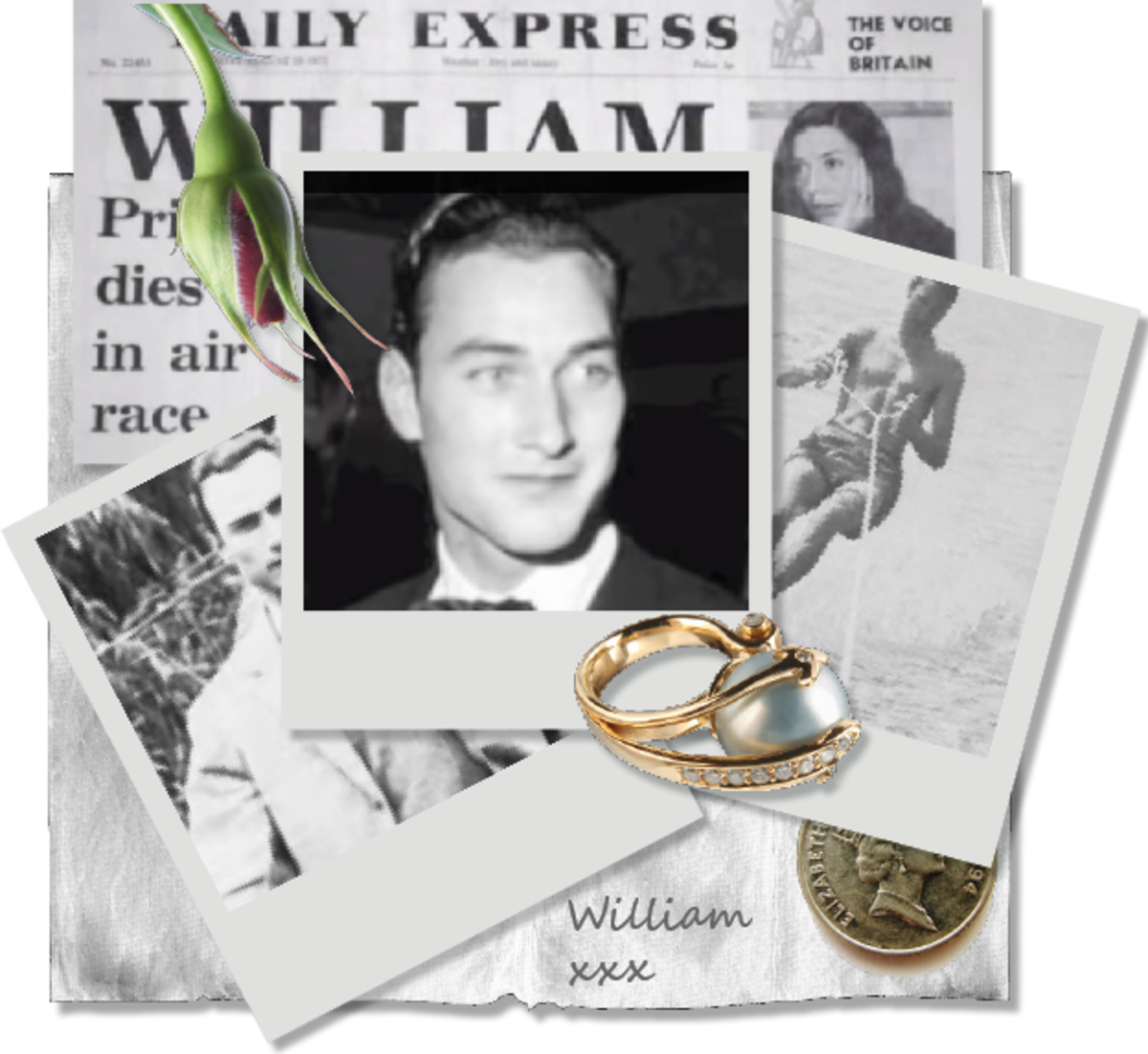- HubPages»
- Education and Science»
- History & Archaeology»
- History of Europe
Godwin's Clan - 3: The Making of an Earl - Harold's Path to the Throne (Part One)
As 'Sub-regulus' Harold held land across the south of England from Devon to Dover, from the Welsh Marches to the Medway
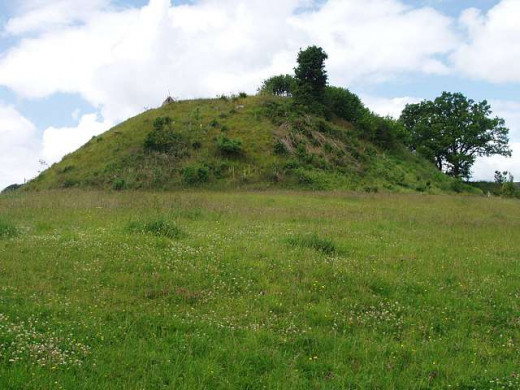
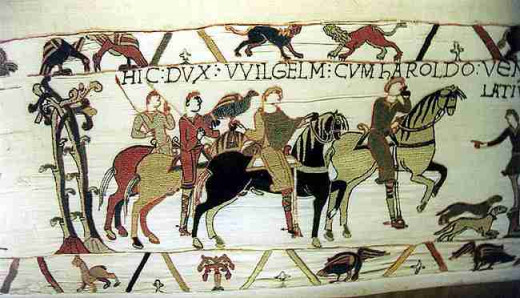

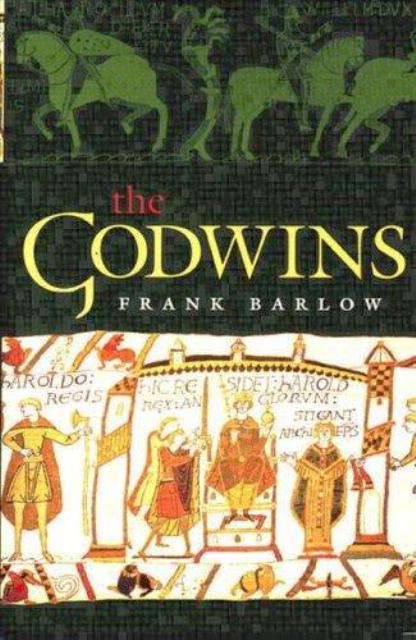
Eadward was not altogether happy with his father-in-law Earl Godwin watching over his shoulder, he was equally unhappy with eldest brother-in-law Svein's antics. The rift finally widened after Svein kidnapped the abbess of Leominster, seduced and fathered a son on her - and on top of that he slew kinsman Beorn despite already being under close scrutiny by the king and his own peers.
A dynasty was in the making here - or would have been but for Eadward's obstinacy and Godwin's overbearing. Relationships deteriorated within the clan after Tostig was ousted from his earldom. Read on...
When Earl Godwin died suddenly at the Easter Feast in AD1053...
Harold's succession to the earldom of Wessex was not a foregone conclusion. It was at the discretion of his brother-in-law King Eadward to raise him to his father's standing. Under normal circumstances, had Harold's older brother Svein been in control of his urges, Harold would have stood on the sidelines as Earl of East Anglia and his older brother would hold the reins of the largest earldom of the land. Wessex incorporated the whole of the Saxon enclave and Jutish Kent.
As it was Svein died a victim of robbers near Constantinople returning from pilgrimage to the Holy Land. Eadward had seen Svein's descent into madness, made nithing* by his peers for the killing of his Danish kinsman Beorn, Earl of East Anglia. So the king saw in Harold a worthy successor to his father. It made sense, after all. Harold would inherit vast tracts of land, he had the connections and - what was more - he had the ability as well as an affable personality. Harold was approachable, not haughty (as his brother Svein had been, or - to some extent - Tostig still was). He was also favoured by the king, who did not hold against him the raids on Devon and the south coast in support of his father. It showed more than anything that he was capable of loyalty - not blind loyalty, but 'true to blood and master' - as opposed to his self-serving brothers and sister, the queen.
Godwin had hanging over him complicity in the murder of Eadward's younger brother the aetheling Aelfred, regardless of how small a role the earl had in the matter. He had also served Knut and was brother-in-law to the late Danish king. Eadward had not made demands on Harold for hostages in AD1051, and the ease with which Harold stepped into his father's shoes proved Eadward's liking for him. The new earl of Wessex had, after all, not supported Svein in the way Godwin had. The bitterness of past acquaintances were swept into the dark on Godwin's death. This was a time for a new beginning.
Nevertheless there was still a sticking point. In allowing Godwin to resume his lands and title Eadgytha was returned to her standing and therewith the issue of the succession raised its ugly head again. She could not now be repudiated again with Harold and his brothers in power. A new solution would be sought. Bringing back his nephew Eadward 'the Exile' from Hungary to succeed him was one way of ensuring the succession within the West Saxon line of Cerdic. The king was now advanced in years, and the son of his half-brother Eadmund 'Ironside' was the only other way of solving the succession issue. In AD1054 feelers were put out to contact the exiled aetheling. Eadward 'the Exile' was now on his own in Hungary, albeit with a family. His older brother the aetheling Eadmund had died not long before the king sent his envoy Ealdred, Bishop of Worcester to Cologne to seek the help of the Emperor Heanrig (Henry/Heinrich) III. This was the done thing, with all avenues of safe-conduct back to England being in the emperor's hands.
Ealdred was delayed a year whilst Heanrig regaled him and his party and quizzed the bishop about the king who had sent him (the emperor was not inclined to helping anyway, as his nephew Peter had been blinded and slain by the exiled aethelings' friend Andrew when he claimed his father King Stephen's crown some years earlier).
When the emperor died shortly afterward Ealdred was sent again, and was helped in his quest by the emperor's young son Heanrig IV and his regent, the empress.
Meanwhile in England the earls Siward and Leofric had died. Siward's older son Osbeorn had been slain in combat by King Malcolm's rival Macbeth at Dunsinane near the east coast of Scotland when the old earl was sent to help Malcolm claim his uncle Duncan's throne. Siward had a younger son Waltheof, too young to take over an earldom as great and as wild as Northumbria. Harold's younger brother Tostig was put forward in Ad1055 by his brother-in-law the king as Siward's successor with the support of Eadgytha and Harold.
One who had hoped to be given the earldom was Aelfgar, the son of Leofric of Mercia. as the next of standing amongst the candidates Aelfgar may have hoped to be made Siward's successor but he had a rude shock in store despite his loyalty to the king. He hgad even stood aside when Eadward gave back Harold his East Anglian earldom. On complaining Aelfgar was outlawed on a charge of treason: for disputing the king's decision. For this Aelfgar sought redress by n alliance with the Welsh prince Gruffyth ap Llewellyn of Gwynedd. within Wales there was already a power struggle between Gwynedd in the north and another Gruffyth, ap Rhydderch, in the south. Gaining an English ally would put Gwynedd ahead by a significant margin. The northern Gruffyth had sought an alliance in AD1046 with Svein Godwinson against his southern rival but Svein was either not interested or was warned against involvement in Welsh internal strife.
However, the newly-outlawed Aelfgar showed with eighteen ships of Dublin Danes, thus enabling the northern prince to raid deep into his rival's territory. In return for this favour Aelfgar was given Welsh help for his raids on Herefordshire, attacking Archenfield and leaving the burh a charred heap of ruins. But for Earl Ralph being Eadward's nephew the king might have shrugged off the attack and tasked Harold with helping Ralph. The attack was taken as a personal affront. Earl Ralph summoned the Hereford fyrd as well as the bishop's men and his own retainers, but was beaten and the Irish-Welsh alliance went on to attack Hereford itself on October 24th, AD1055. The Chronicle ('C') puts Ralph's defeat down to his trying to get his fyrdmen to fight on horseback - in the Frankish manner, like the Normans - as opposed to the tried-and-tested way of fighting on foot in the shieldwall. It could also be he was simply unlucky or incompetent (as with his handling of the fleet alongside Earl Odda against Godwin in AD1052) . English goot-soldiers had, after all, been defeated fighting the Welsh before in AD1039, AD1049 and AD1052, and were likely to be beaten again in years to come.
As it was Harold was called upon to close the defence gap because it was felt Earl Leofric might weaken against his own son. Chronicled was the fact that Harold called on men from almost all corners of the kingdom but Mercia. This was Harold's first major role as overall commander of a national defence force - as it would be termed today. His advance into Wales prompted Aelfgar and Gruffyth to withdraw to avoid a pitched battle with the Earl of Wessex and an overwhwelming force.
Hereford was re-fortified and the status quo was re-established in an undramatic opening to Harold's career as Eadward's senior earl. However the Chronicle (C) that followed his campaign closest was biased against him. So we can assume he was more than a mundane commander, having forced the attackers back into Wales without serious bloodshed.
Terms agreed between Harold and Gruffyth at Billingsley are only shown insofar as they affected England. Aelfgar was reinstated as Earl of East Anglia to keep him out of trouble and as long as he ackowledged Tostig's right to the earldom of Northumbria. Gruffyth possibly acquired Archenfield from the agreement, and there are notes in Domesday that lands had come to Gruffyth that had formerly been in England. Nothing is recorded in English sources, however. In return Gruffyth would have had to acknowledge King Eadward's overlordship. The threat from Wales was still there, nevertheless. Such paltry gains would not have altogether sated the Welsh prince's appetite. The vital element in the treaty was to keep him apart from Aelfgar, to drive a wedge between them if possible... at least to effectively sever the alliance. In this Harold had to take credit for a workmanlike, patient handling of a potentially hazardous situation.
Bishop Aethelstan of Hereford died in early February, AD1056, possibly because of the effect on him of the burning by the Irish-welsh alliance of his minster Eadward appointed Harold's former chaplain Leofgar to the post. This replacement of a venerated old man by a much more militant figure did not go down well with the Church. His real fault was in the end not so much due to his militancy but the rashness with which he undertook to campaign unsupported against Gruffyth inside the Welsh prince's territory. Leofgar was slain fighting at Glasbury-on-Wye on June 16th, AD1056, together with the shire reeve Aelfnoth of Hereford and a large part of thir force. That the shire reeve was there meant possibly that it was a local force drawn from the shire. Where Harold was wary of entering Gruffyth's territory with a much greater, better-trained army, he would hardly have endorsed a shire levy going against Gruffyth. Leofgar may have had it in mind to regain Archenfield, as the area lay within his diocese. The earls Harold and Leofric and bishop Ealdred gathered their forces to forestall Gruffyth's retaliation but this never came and the English forces did not try to force the issue. Talks began afresh and the English side agreed to recognise the Gwynedd prince's claim as king over Wales in return for his renewed recognition of Eadward's overlordship.
Harold had fulfilled the role of strong pacifier again and no further blood was shed - for the time being. Still Gruffyth was not altogether happy. The king of England would hear from him again... and he would not be kept waiting long
---------------------------------------------------------------------------------------------
*'Nithing' meant loss of status, subject to punishment failing voluntary exile or penitence. A jury of fellow earls, thegns and huscarls put Svein on trial before Godwin and his family went into exile. They found him wanting and as his father, mother, sisters and brothers went into exile - minus youngest brother Wulfnoth, hostage to the king with Svein's son Hakon - Svein left England for the Holy Land to a fate similar to that of Duke William's father Robert
Next - 3: The making of an earl (2)
The succession... Who is to follow Eadward?
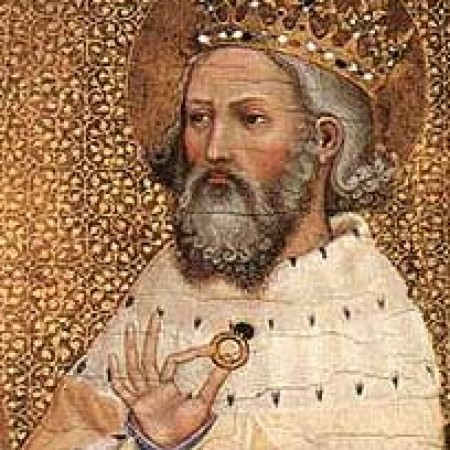
AD 1065 Harold took ship from Bosham, purpose unknown although a fishing trip was mooted. A storm forced his ship onto rocks near Pointhieu, Count Guy profited
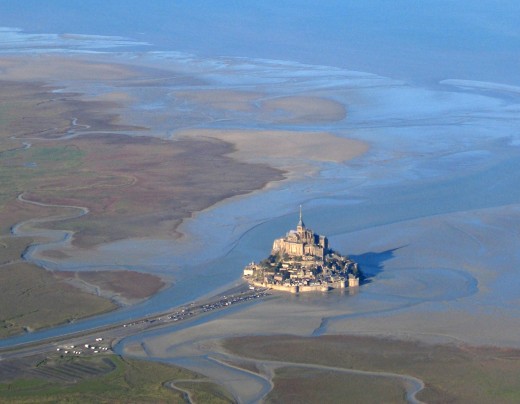
Earl Godwin's brood was cursed. Eldest son Svein, successful against Welsh incursions in his Herefordshire earldom went too far by abducting the abbess of Leominster in 1046/7. Whether she was a party to it was never recorded. The Church would not thank Godwin's eldest for putting them in an unenviable position, especially when she bore him a son, Hakon to be raised by Queen Eadgytha. Svein then murdered kinsman Beorn in a bid for the earldom of Middle Anglia, thus setting off a chain of events after his departure on pilgrimage for the Holy Land to atone for his sins. There would be a stand-off with the king following a fracas in Dover that involved his brother-in-law Eustace of Boulogne. In 1051 youngest son Wulfnoth was taken with Hakon as hostage to Normandy in a standoff with Eadward. Svein was robbed and murdered on his way home from pilgrimage. Tostig was the next casualty. Siding with the wrong Northumbrian clan cost him his earldom in 1065. Harold was the rising star who, as Earl of Wessex after Godwin died in 1053 ran the kingdom for an ailing Eadward as 'sub-regulus'. Younger brothers Gyrth and Leofwin in turn took over the earldoms of East Anglia, Essex and Kent as able administrators... And Eadgytha distanced herself from Harold over Tostig
Then came Harold's historic 'fishing trip' to Normandy. The beginning of the end?
The status quo in 1066
